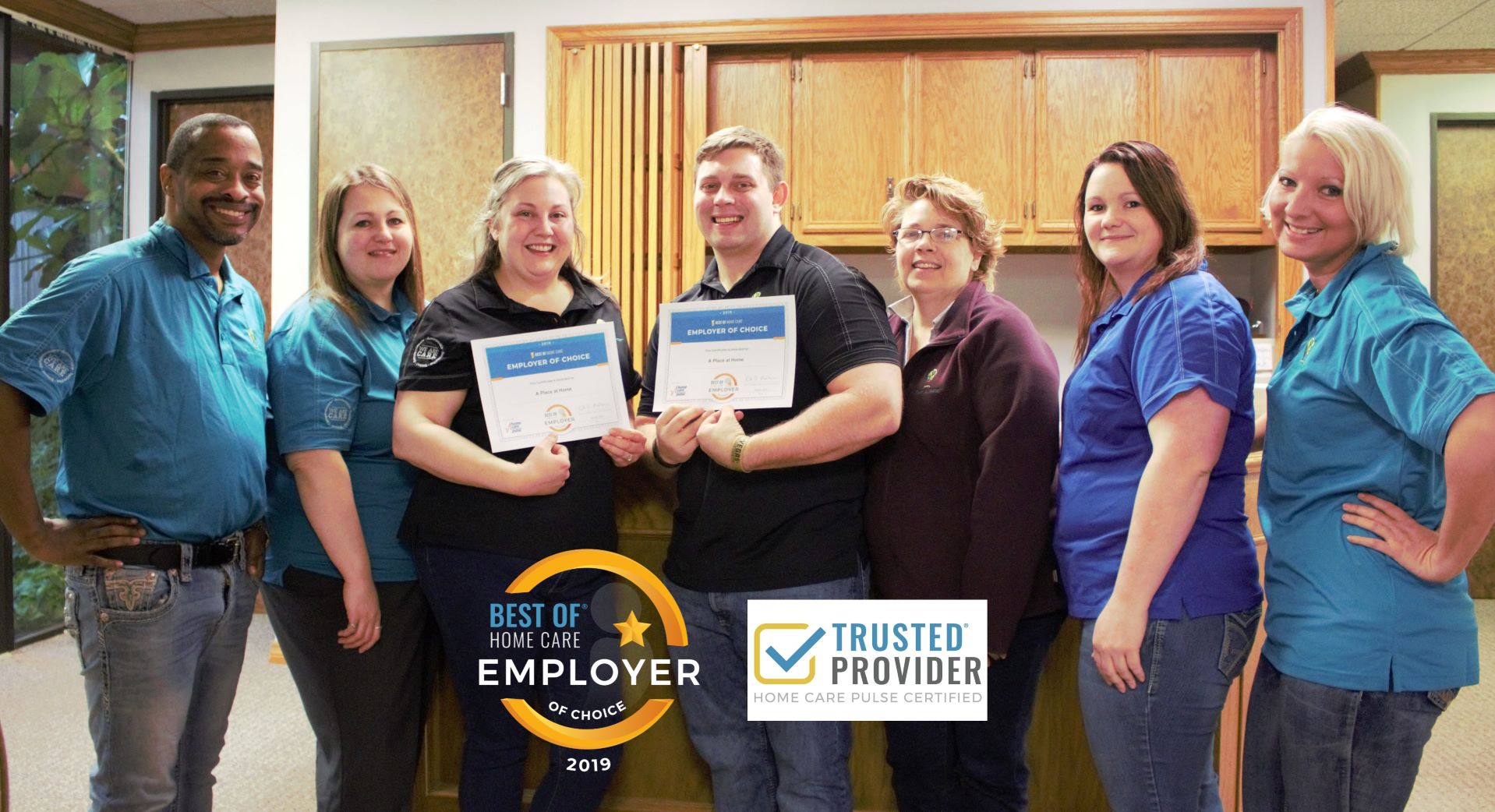Shena has dedicated the past 17 years to being a caregiver. Her genuine compassion for others has nabbed her Caregiver of the Month for January.
Shena has been passionate about caring for others ever since her childhood. “When I was a little kid, I used to volunteer whenever I could. In high school, I helped out with the Special Olympics. Then my grandparents started needing help around the house, so I spent a lot of time caring for her. That’s when I realized caring for others is what I really wanted to do,” Shena said.
Shena’s dedication, passion, and love for her job are truly unmatched. Caregiving isn’t just a job, it’s her life’s purpose. “There is nothing else in my life that makes me as complete as being a caregiver. It just makes me feel so good being able to care for people – giving them the things that they really need,” Shena said.
With nearly two decades as a caregiver under her belt, Shena aspires to expand her compassion from caregiving for individual clients to caring for her entire community.
“I love being a CNA. That’s why I’ve been in this field for 17 years. I genuinely love doing what I do. But I want to broaden my reach someday by opening up a staffing or home care agency like A Place at Home,” Shena said.
Shena is the epitome of A Place at Home’s motto, We are CARE (Compassionate, Accountable, Respectful, Ethical). Every day, she sets out to treat everyone she encounters with kindness and respect.
“Shena has to be one of the most compassionate people I know. She definitely has her heart in this job, and it really shows. She strives to do everything she can to make her clients happy,” Dani Pierce, HR Director said.
Congratulations Shena! Thanks for always showing A Place at Home seniors the CARE they deserve.
A Place at Home: Trust Us for Compassionate Senior Care
At A Place at Home senior care, we know that our in-home caregivers make us great. Our careful hiring practices and high standards ensure that seniors receive compassionate, reliable assistance with the activities of daily life. Our senior support services are planned around elderly individuals’ specific needs – and designed to maintain their dignity and independence. A Place at Home caregivers genuinely enjoy caring for others. Together, we work to provide each senior the opportunity to live their best life. Apply now or contact us to inquire about becoming a caregiver with us.









